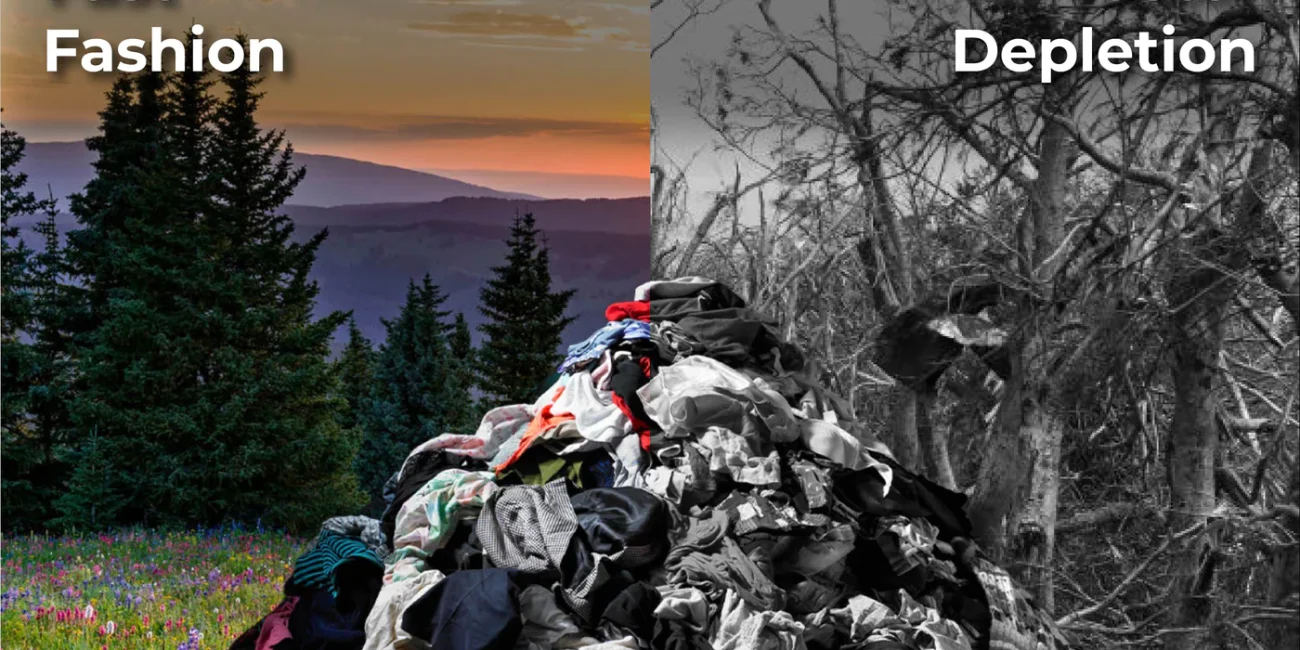Quick contacts
-
924/1 Cummerata Mission, Los Angeles, USA, Inc - 4852
-
Monday: 13:00-18:00

In the ever-changing world of fashion, trends come and go at an astounding pace. Fast fashion, a trend that has taken the industry by storm, has made it easier and more economical for consumers to stay current with the latest fashions. However, fast fashion’s convenience and inexpensive pricing come with a significant environmental cost. This blog post examines the environmental impact of fast fashion, including production techniques and trash generation, as well as the importance of sustainable fashion and ethical shopping.
Understanding Fast Fashion
Fast fashion refers to the rapid production and marketing of low-cost clothes that enables consumers to swiftly adopt the latest trends. This business model is distinguished by its fast turnaround periods, with new collections arriving in stores every few weeks. The industry lives on the ongoing demand for new fashions, which motivates consumers to buy more items more frequently.
In response to the environmental and social challenges posed by fast fashion, the concept of sustainable fashion has gained momentum. Sustainable fashion involves the creation and use of clothing that considers the environmental, social, and health impacts of the full lifecycle of the garment—from design, production, and consumption to disposal.
The environmental impact of fast fashion is enormous, as its production and disposal procedures contribute to resource depletion, pollution, and climate change. However, the growth of sustainable fashion and ethical buying provides an encouraging option. Consumers can help drive market demand for environmentally friendly and socially responsible apparel by choosing to support sustainable and ethical brands. As knowledge rises, the industry recognises the importance of sustainability, paving the way for a more promising future for both the fashion industry and the environment.
